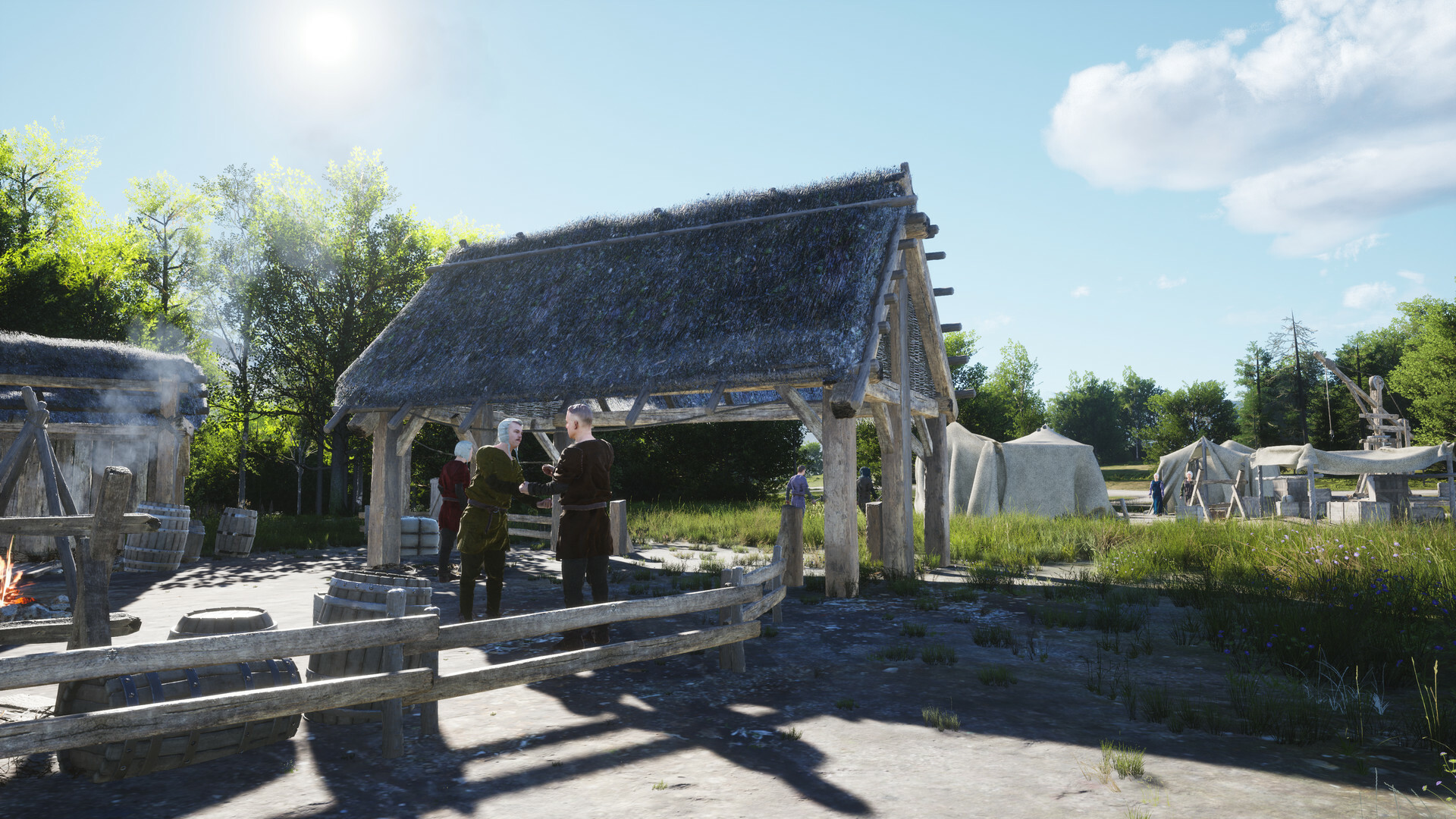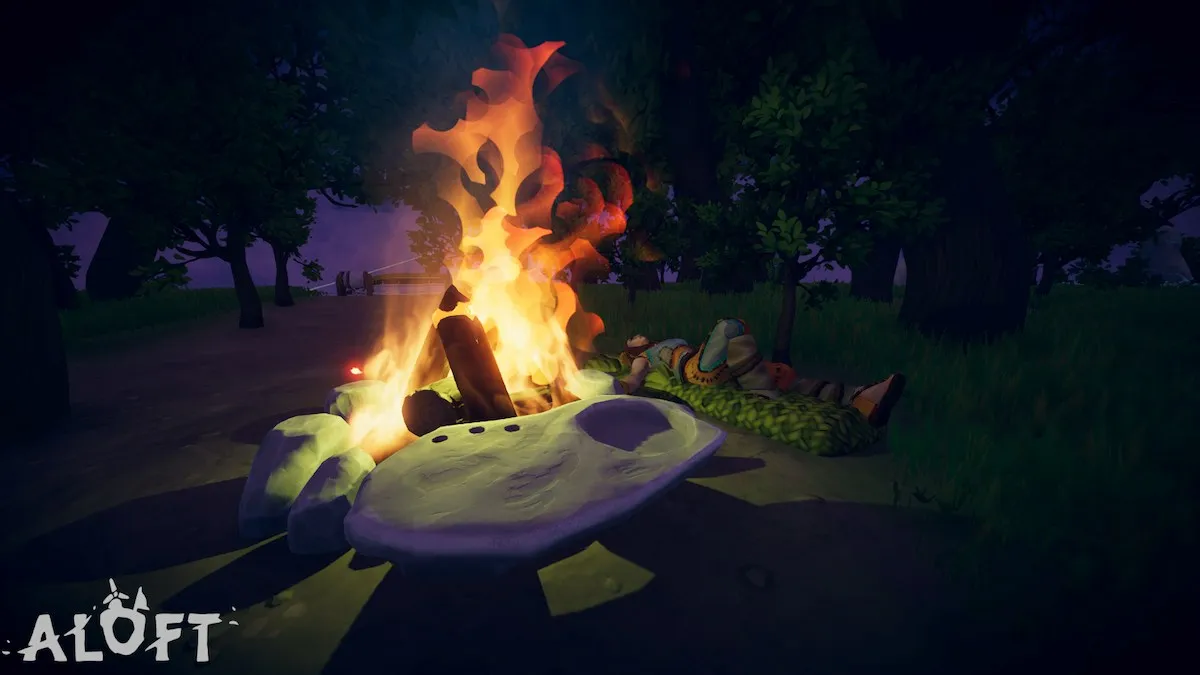
Provide market space for families and distribute goods to your peasant populace.
The marketplace in Manor Lords is one of the game’s trickier mechanics. You’ll likely first encounter this building when you receive a message from one of your families asking for space to set up a market stall where they can distribute their goods. If you want your populace to have plenty of fuel and food early on, you should build one sharpish.
As you assign more families to chop wood, forage food, and produce items, you’ll start to see more stalls appearing on the market providing their goods to your subjects, but it’s unclear what the purpose of this actually is. It doesn’t provide regional wealth in the same way trade does, so what’s the point? Here I’ll explain how Manor Lords’ marketplace works, plus provide some tips for when setting up your own.
How to use the marketplace
Assign a family to your granary and storehouse to distribute all your goods (Image credit: Slavic Magic)
Hover over the different resources in the market to see who’s being supplied (Image credit: Slavic Magic)
You can demolish any abandoned stalls by selecting them (Image credit: Slavic Magic)
While the trading post is the best place to earn regional wealth in Manor Lords, the marketplace is where you distribute items to your population such as food, clothes, and most importantly, fuel. Access to lots of different goods boosts your town’s approval, granting a higher rate of population growth. It’ll also let you amass more treasury while maintaining a happy populace, since using the manor to tax your subjects reduces approval.
Providing access to fuel, food, and clothing are also prerequisites for upgrading your burgage plots—your villagers’ houses—letting you build more advanced workshops in each, and gain extra regional wealth from them every month. A thriving town needs a bustling marketplace with lots of stalls and a variety of goods available.
Here’s the basic rundown of how that works:
Your marketplace is the heart of your town; it provides resources to each burgage plot in range, so you should place it fairly central, and relatively close to your storehouse and granary.Families assigned to resource-producing buildings will set up a stall in the marketplace to provide that item—this is indicated by the little stall icon next to the family marker in the building. If you unassign them from that building, the stall is abandoned.There’s no such thing as too many stalls, since they all provide items, and therefore boost approval, so don’t worry too much about overlap. The most important thing is making sure you assign a family to your storehouse and granary, since these stalls provide a wide range of items, including the eggs, vegetables, and apples you can passively create in burgage plots.Select your marketplace and hover over fuel, food variety, and clothing to see what’s being provided to which burgage plots. If you run out of stall space, remember that you can build a second market, though you’ll need to assign more families to create new stores. If you want to get rid of an abandoned stall, you can demolish it the same way as any building by selecting it and the fiery tower icon at the top.
Generally the most important tip related to the marketplace is to staff your granary and storehouse with families, since this will provide lots of goods, and enough crossover that you won’t risk blocking resource access if you reassign a stall family from a production building to do something else.
As mentioned above, there’s no such thing as too many stalls; you want to provide all the stuff you’re making and harvesting to your populace for high approval and its benefits. If you want to boost approval even further and you have lots of regional wealth, you could even import fancier foods and clothing at the trading post, which the family there will distribute via their stall.







